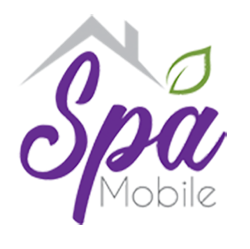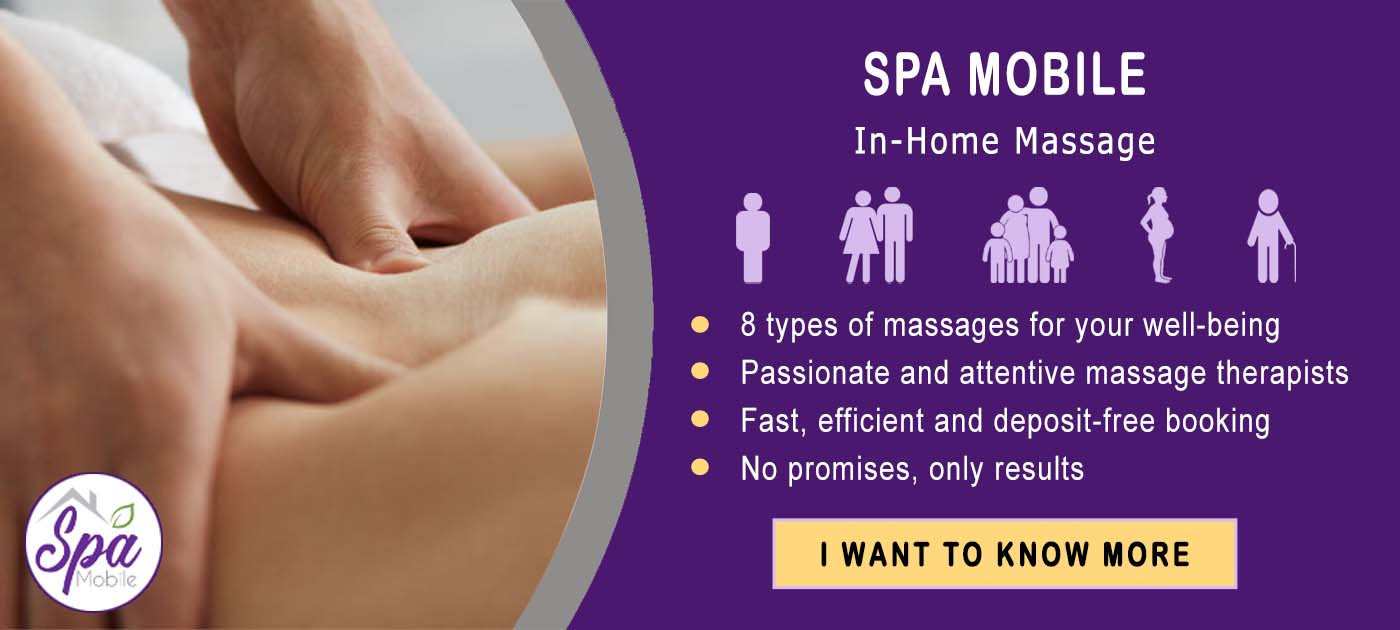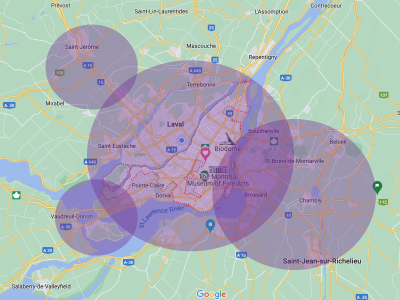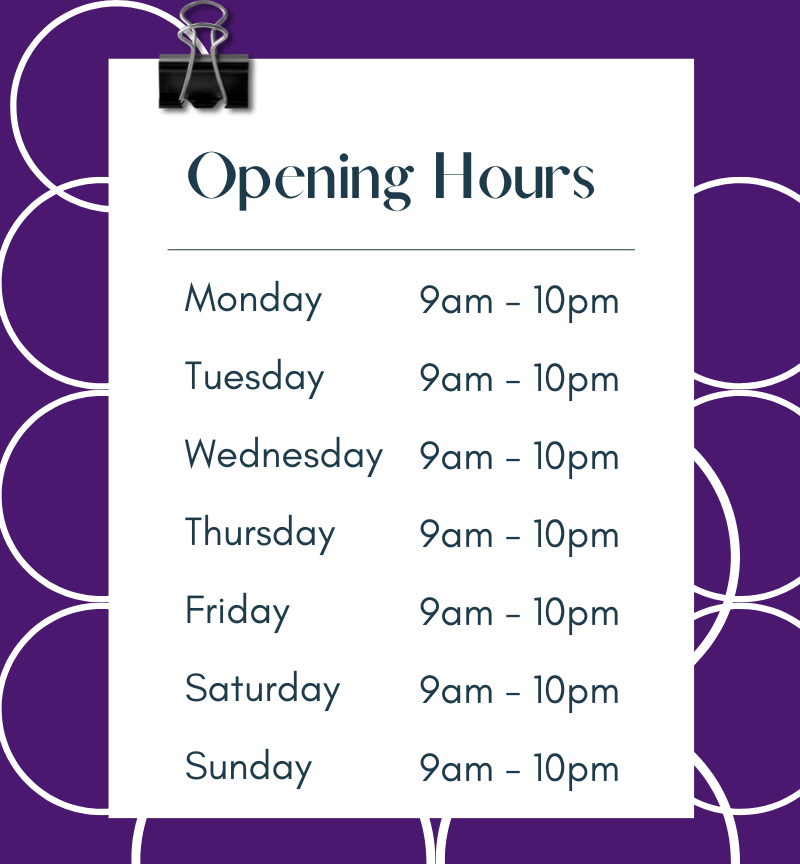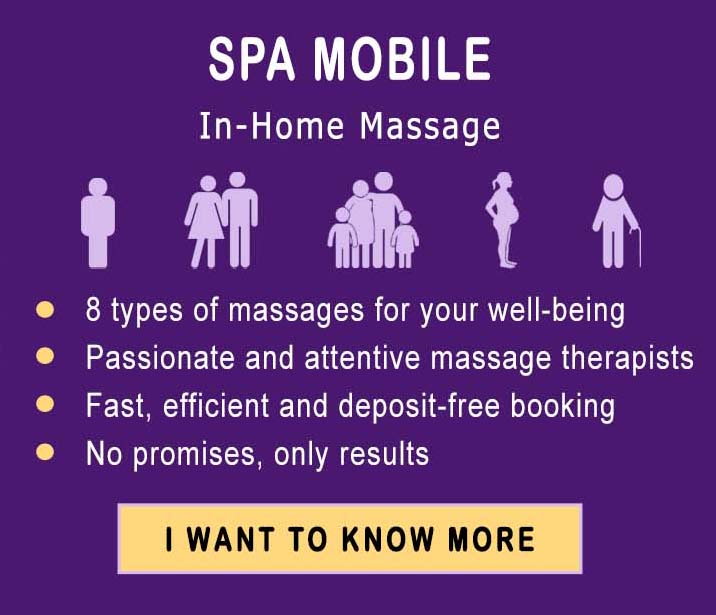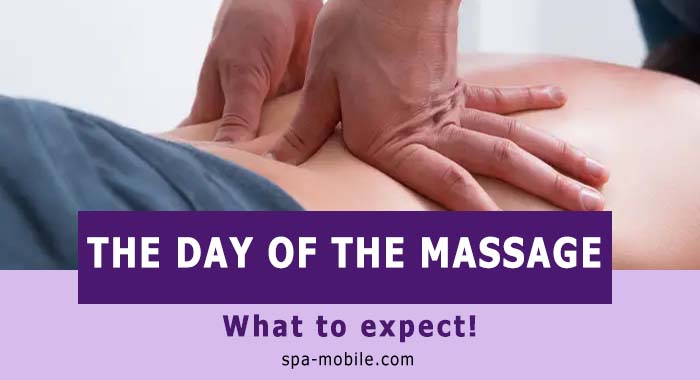Do you have pain in your legs or feet after a long day at work?
Are you on your feet most of the day?
Do you ever find yourself unwilling to go to work or do the activities you enjoy because of your leg or foot pain?
Many people end their working day with leg or foot pain, and if you don’t do anything to improve your condition, you may have a hard time feeling well during your free time and your rest periods—relaxation and taking several sick days.
Fortunately, you can relieve the pain or fatigue in the legs and feet that are associated with prolonged standing by receiving a deep tissue massage at your home for your well-being.
Choose two solutions to your leg and foot pain.
Every year in Canada, thousands of people experience work-related injuries or pain in their feet or legs, and an increasing number of sick days are being taken due to these symptoms.
Whether you’re cooking in a restaurant, cutting your hair in a barbershop, teaching in a classroom, or selling clothes in a store, leg or foot pain is everyday because you have to spend long hours standing.
Taking care of your feet and legs can go a long way in keeping you healthy and comfortable.
A high-quality pair of shoes with great support can make a lot of difference whether you are on your feet all day at work or a special event.
However, sometimes you need a lot more than just a pair of shoes to take care of your feet and legs to keep up with your workout routine and exercise your tense, tired muscles.
You need to relieve muscle pain to get your blood flowing better, and regular deep tissue massage in your legs and feet provides what you need.
What happens to your body when you are up all day?
As you’ve probably already noticed, after standing for long periods, your legs or feet can hurt.
Even if you have a quality pair of shoes, your feet may still be sore, but apart from sore feet, you may experience swelling in your feet, ankles, and calves.
The circulatory system in your lower body has to work very hard to return blood to your heart if you are up all day, which can cause swelling and pain. What would typically be a rapid flyover of the blood with oxygen and nutrients turns into a traffic jam that causes fluid to leak from the blood vessels into the surrounding tissues?
You may also notice that your lower limbs tire more quickly. This is called lower limb fatigue. As your lower limbs get tired, your legs may start to cramp; your feet may have plantar pain and pain, and lower back pain can occur.
Staying up all day can be harmful to your health. You might not be giving up your permanent job anytime soon, so the best medicine is to take care of your body at work and home.
What are the other problems of standing for a long time?
The most common symptoms reported during prolonged periods of standing are discomfort, fatigue and swelling of the legs.
Workers who must spend too much time on their feet are at significantly increased risk of pain and discomfort affecting the feet, shins, calves, knees, thighs, hips and lower back.
Indeed, studies have shown that musculoskeletal disorders are the most common causes of work-related health problems.
There are many other potentially severe health problems associated with being on your feet for a long time. Worsening of existing coronary artery disease, varicose veins and chronic venous insufficiency have been associated with this condition, as have pain in the lower limbs and feet.
Other studies suggest that work-related back pain is about twice as joint in those who work standing than in those who usually work seated.
Older workers and those in heavy manual jobs frequently develop knee and joint pain as they age and may become increasingly less able to cope with constant standing.
Other workers, such as those with arthritis, varicose veins caused by pregnancy or who have suffered an injury to the back or lower limbs, are also at increased risk.
The effects of standing all day can appear almost immediately, and prolonged standing or walking can often accelerate health problems and soft tissue injuries.
For example, staying up all day can cause:
- Poor circulation and swelling of the feet and legs;
- Varicose veins in the legs;
- Low back pain;
- Plantar fasciitis;
- Muscle pain and fatigue;
- Arterial hypertension;
- Arthritis of the knee or hip;
- Onions to toes;
- Pregnancy complications;
- Stiffness of the neck and shoulders;
- Heart problems;
- Poor posture and its effects;
- Various foot pain problems;
- Achilles tendonitis;
- Joint damage.
What is causing these problems?
Like many work-related hazards, the standing position is generally designed for work.
A task’s physical disposition or working practices can force workers to adopt awkward positions to reach large areas or do things repetitively without a break.
Standing is worse when you cannot move around a lot or when working on hard surfaces and/or wearing unsuitable footwear.
Muscles work to keep you upright. But without resting or moving around, the joints from the neck to the feet can become temporarily stuck. When this happens regularly, muscles tire and tendons and ligaments can be damaged, causing tissue damage.
Staying still also reduces blood flow to the muscles and pauses your muscular system, returning blood from the feet and legs to the heart. Other bodily fluids do not move unless the leg muscles contract. When blood or other liquids do not circulate properly, the veins become inflamed, and the feet, ankles and legs swell, causing muscle pain.
What to do to prevent pain in the legs and feet?
You can take many simple steps to help you get through the day on your feet while avoiding or at least reducing your risk of leg and foot pain.
- Alternate standing and sitting;
- Change your position frequently;
- Wear shoes that are comfortable and provide good support;
- Lower the heel and spare your toes;
- Cover hard floors;
- Wear compression socks;
- Rotate your hips;
- Stretch the hamstrings;
- Stretch the calves.
What are the benefits of a leg and foot massage?
The deep tissue massage of the legs and feet is an incomparable pleasure, which not only relieves pain and fatigue, leaves the leg muscles and the body in good shape, but is also a unique relaxing procedure.
This type of massage is a little different from a back massage because it stimulates the muscles, which are directly massaged and has a positive effect on the whole body. The reason for this is a massive set of reflex points, which are responsible for the condition of the body as a whole.
For example, there is a massive concentration of points in the foot’s arch, which according to the modern reflexology massage, are related to the spine. Therefore, stimulating this foot area can help relieve back pain and bring overall ease to the body. Stimulation of the toes has a beneficial effect on the eyes, ears, nasal sinuses, teeth and gums.
Moreover, a deep tissue massage is one of the best ways to soothe a sore leg, and it releases tension on the whole leg and stimulates blood circulation. A leg massage begins with small movements at the ankles, which lengthen, slowing down construction towards the ankles. On the knees, a slow circular motion is made while widening in a circular fashion, reaching the back of the knees.
Choose massage therapists who are attentive to your situation.
If you want a unique massage to relax or free yourself from your pain, discomfort, or suffering, isn’t it wise and sensible to turn to massage therapists who know what you are doing? Live?
